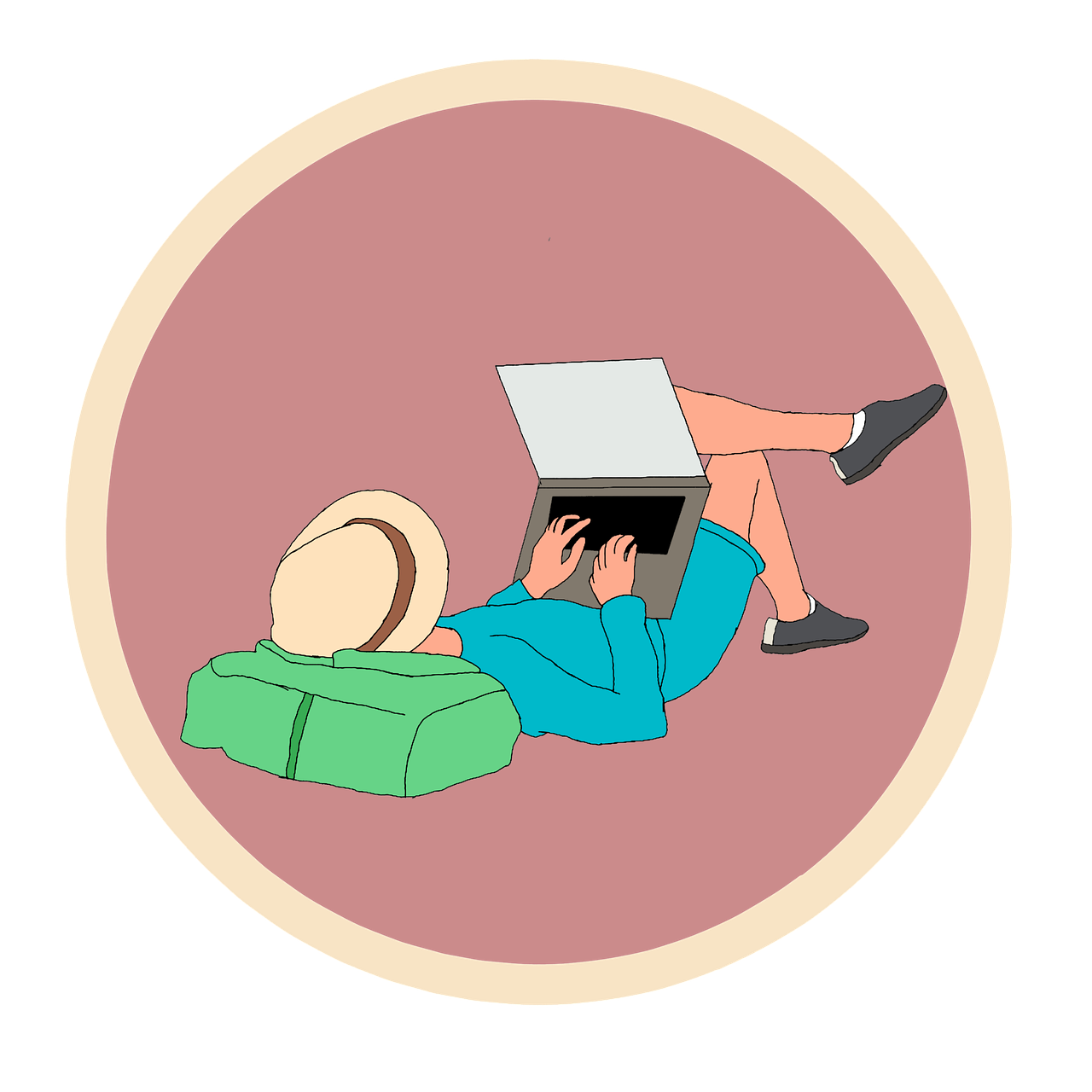
1. Not Doing Pre-Training Checks and Preparation
You might have put great effort into preparing the lessons and materials. Likewise, you might have spent tonnes of time marketing yourself as a freelance corporate trainer.
You might though fail to give the proper preparation to pre-planning, checking and considering other factors such as key access. And you know what, you will not be the first person to make this mistake!
Pre-training is important!
Taking time to plan and ascertain the following ahead of time, will make your training day much smoother and help to make you a much more relaxed trainer on the day:
Is the training room booked and confirmed?
Are refreshments confirmed (if applicable)?
Do you have a backup contact number of the person to contact if there was a problem on the day with the gatekeeping (key access for the venue and/or training room)?
Do you have a contact for IT support on the day as needed?
These are a few of the things you will want to double-check (where applicable), before the training day.
Some of these things should be checked a week or so before, the day before and on the morning of the training.
Solution: Download and Use the Pre-training Checklist
Do not be overwhelmed by the list of things to check. As long as you have a structured checklist, then it is pretty straight-forward.
2. Forgetting to Plan for Different Learner Styles
If you have experience of teaching or providing training already, you might already have a good understanding of pedagogy.
Pedagogy is a term that refers to the various ways in which different people learn. Some of us learn best by listening, others by watching, touching and experiencing.
So ensuring that the lesson plans are structured such that you are able to provide opportunities for all learning styles in the training session/s, will mean much more engaged and happier students!
Good feedback from happy students can mean repeat business as a trainer
Happier students will mean better feedback, important if you are being assessed by the people you provide training for, and whom you may hope to build a training contract with.
Likewise, positive feedback will mean students are more likely to want to do more of your courses if you organize your training directly with the students.
As a diligent and caring trainer, making training fun and engaging is, I am sure you agree, simply the right way to approach teaching.
Solution: Make sure that you develop training materials (including the PowerPoint presentations, activities and student handbooks) such that you use a range of learning styles!
If this seems like a lot of work. Well, it is. The good news though is that we make this extremely easy for you by offering the training course materials already pre-designed and ready for instant download.
3. Failing to Get Feedback from Your Students and Following Up
None of us is perfect. We are all human and we all make mistakes. And we can all learn as trainers and teachers, right? I think you will agree?
One of the most valuable things in our experience, that you can get and that will help you to:
improve as a trainer
better tailor training you give for your students
is to get feedback. And feedback is FREE! It does not cost you anything and yet it can have tremendous value.
Solution: Make a feedback form, so just use the feedback form by printing and handing one out to each student.
You should make sure (as we have) that there is no request for the student’s name or similar info because you want the feedback to be anonymous.
Why anonymous? Because you want the students to feel free to say anything they want without worrying about any comeback. Allow 5 minutes at the end of the training for written feedback.
Allow students to fold the feedback form and place it in a box near the door so that they feel under no pressure from you as the trainer.
4. Seeing Training as a One-Off and Not Upselling Related Courses
This point is especially important if you are a freelance trainer, i.e. if you are someone who is self-employed and needs to sell yourself to get more work providing training.
One of the best ways to approach trying to build your business as a trainer is to think in terms of grouped training.
Let me explain! This might seem obvious but it is still overlooked by many trainers and it is a real opportunity for you to build your business!
So if you start to think in terms of what courses naturally group together and focus on 3, 4 or 5 connected courses each time, you develop the opportunity to try and sell your training to companies and your followers (if you make your own workshops such as via Meetup.com).
You might, in fact, want to include a question on your feedback forms (that we discussed earlier in this post) about what other training workshops the students would be interested in taking. You might want to include 4 or 5 related courses in addition to an open option.
Solution: Just get into the mindset (if you hadn’t already), of thinking in terms of what training leads onto other training.
Look and think about logical groupings so you can upsell and provide additional training days and workshops.
5. Talking Non-Stop as the Trainer
If you really love the sound of your own voice, you might want to train yourself to hone your passion for talking!
Talking too much goes against what we talked about in point 2 where we discussed learning styles.
Talk too much and do not be surprised if you have a few students nodding off in the corner of the training room (or if they are impressively late back from the lunch break).
Great classroom training will involve the learners having plenty of time to work in groups. Give them a chance to think and be creative and to provide feedback within the class. Engage the participants.
Activities are a vital part of most good training workshops and there are hundreds of different activities that you can choose from.
The ley to using activities is to make sure though, that the activity is integrated with the training. By this, I mean that the activity itself will be directly related to the training in question.
Solution: One way to find out if you talk too much is to remember to get that feedback that we have talked about.
But also be conscientious and make sure, if you design your own training programs, that there is a delicate balance of teacher talking time vs class activities and engagement.
6. Over Complicating the Learning
It is the easiest thing in the world to over-complicate how you teach things and it can sometimes be equally as hard to simplify things. As the SME (Subject Matter Expert) in what you teach, whether it be because of your previous experience or because you have bought and studied the training materials yourself, you might take for granted what you know.
It can be very easy to forget, in other words, just how much you know and how little the people you are training, actually know about the subject.
If you are teaching a beginners course, keep it simple and start with the basics. Make sure (as with any training) to clarify at the start what the objectives are.
Likewise, make sure to explain the key concepts using easy to understand language, avoiding terms that the students will not be familiar with.
Solution: A key here is to be very clear in finding out before-hand the level of the students you are teaching.
Secondly, either create or buy training materials that are laid out in a well-structured thought out way. That is a way that uses clear terminology and with any concepts explained thoroughly.
7. Not Making the Training Engaging and Fun
Now you do NOT need to be funny but the training should be fun!
You do not need to be a comedian but you want the students to walk away feeling that they have had fun, that is, an enjoyable experience.
You want to avoid the idea of death by slideshow and, as already mentioned, avoid talking non-stop.
A well-designed lesson, workshop or training materials package, should always find the right balance of the following:
Trainer to student talking time
Activities vs presentation vs discussion time
Content vs activities for the differing learning styles (as mentioned earlier)
Clarity so that the lessons are focused and the goals clear.
Solutions: Take time to prepare well-designed and structured lessons. Imagine how you, as a student, would find the class if you were not the trainer. Try to find the right balance in the training planning.
Sharing is caring!
Comments (0)
Categories
Recent posts


Do you want to have a sea job? Just take ...
2022/05/25
WHAT ARE HUMANISTIC LEARNING STRATEGIES ...
2022/04/03
FREE TOOLS, FREE SUBSCRIPTIONS, AND FREE ...
2022/04/04
